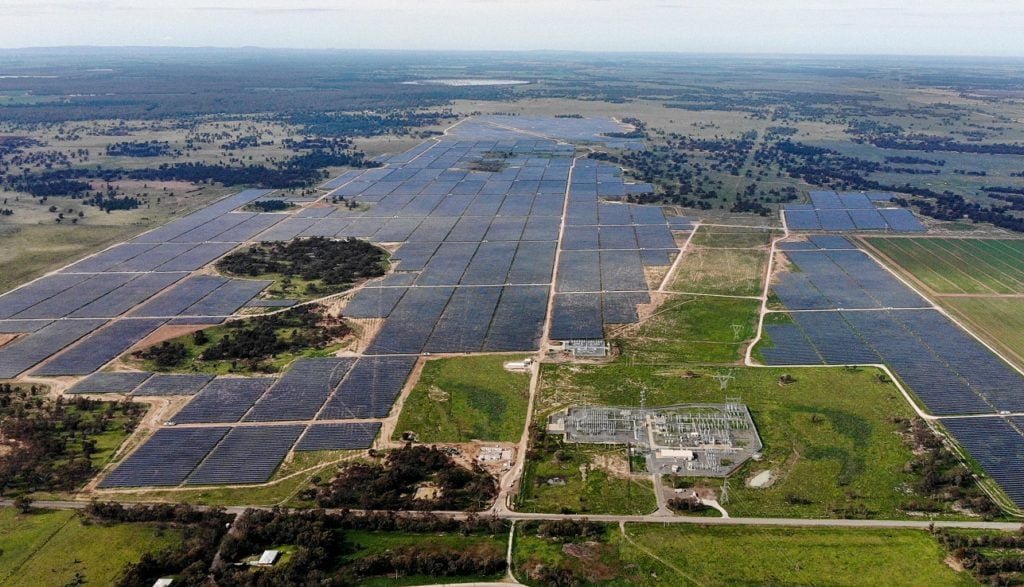
PV and solar-plus-storage costs have risen year-on-year (YoY) in the US, according to the annual price benchmarking analysis by the National Renewable Energy Laboratory (NREL).
Using 2021 prices, utility-scale PV systems were 6% more expensive in Q1 2022 than the equivalent period last year, rising to US$0.99/Wdc, whilst utility-scale solar-plus-storage systems rose 11% YoY to US$195 million. Standalone energy storage costs rose 13%, as discussed by PV Tech’s sister site, Energy-Storage news.
Try Premium for just $1
- Full premium access for the first month at only $1
- Converts to an annual rate after 30 days unless cancelled
- Cancel anytime during the trial period
Premium Benefits
- Expert industry analysis and interviews
- Digital access to PV Tech Power journal
- Exclusive event discounts
Or get the full Premium subscription right away
Or continue reading this article for free
The analysis assumes a benchmark of 100MWdc for utility-scale solar projects, using monofacial monocrystalline silicon modules with 20.3% efficiency. The solar-plus-storage benchmark adds a 60MWdc/240MWh battery to the standardised PV system.
The figures are based on the NREL’s modelled market price (MMP), which is the actual cost a developer would expect to pay for an installation between Q1 2021 – Q1 2022.
A second model, the minimum sustainable price (MSP) was introduced to minimise the impact of market fluctuations and uncertainties that occurred in Q1 2022, focusing on a sustainable and theoretical long-term price model.
By the MSP’s metrics, a utility-scale PV installation was US$0.87/Wdc, 14% lower than the MMP benchmark. The MSP for solar-plus-storage systems was 15% lower than the MMP, at US$170 million.
Meanwhile, residential and commercial PV systems also saw price rises. Residential PV saw a 2% increase and commercial ground-mounted/rooftop saw 8% compared with Q1 2021 counterparts.
Residential solar-plus storage systems rose 6% YoY, but “a major change in system configuration” between Q1 2021 and Q1 2022 made a comparison on commercial solar-plus-storage unviable, the report said.
NREL acknowledged that, due to the volatility of market events in Q1 2022, the predictions and findings of the benchmark study don’t reflect all market stakeholders. Well-documented supply chain issues in the US like the AD/CVD tariff investigation, as well as the global energy response to the Russian war in Ukraine and the failure of polysilicon supplies to meet demand, contributed to the rise in overall price.
The benchmarking analysis didn’t encompass the introduction of the Inflation Reduction Act in August, which earmarks US$369 billion for decarbonisation efforts.






